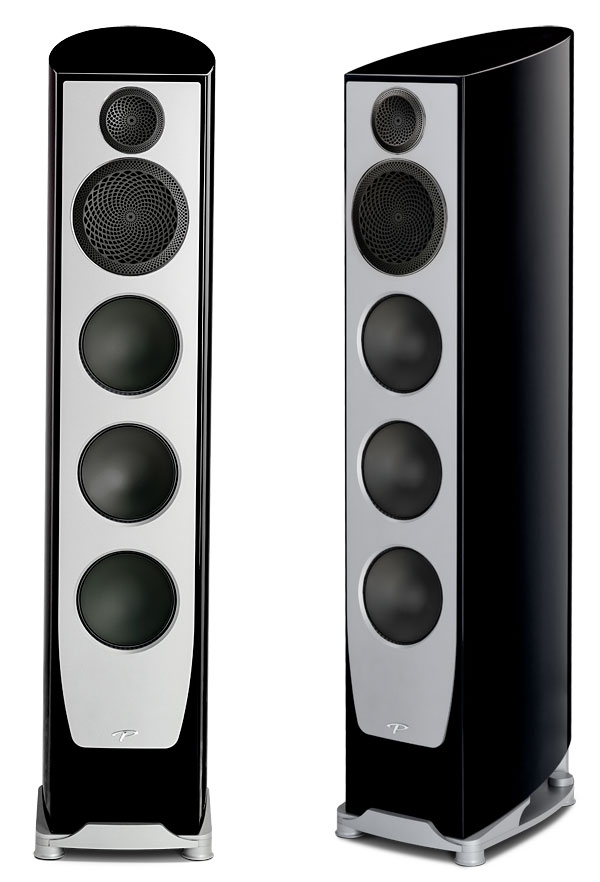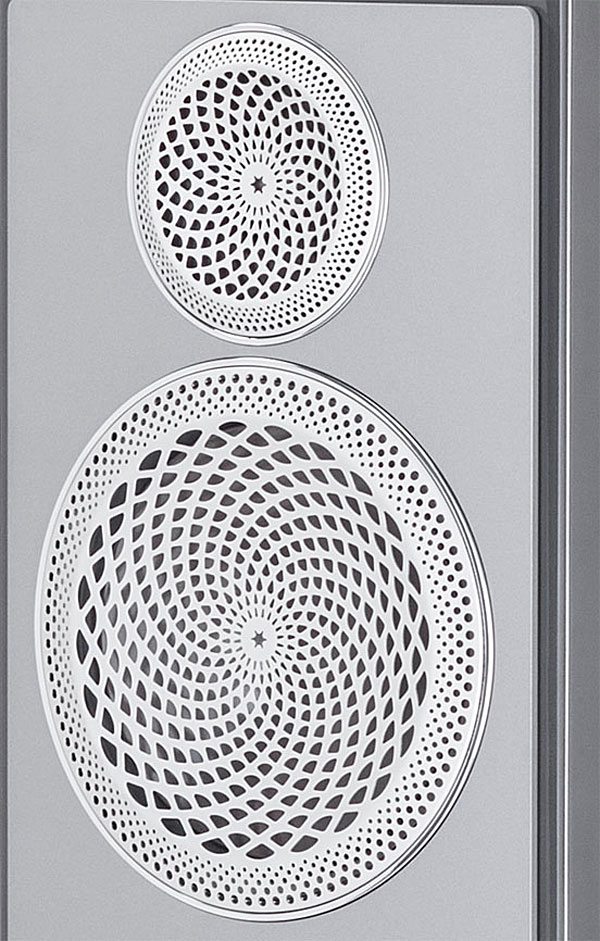| Columns Retired Columns & Blogs |
Excellent! Your impressions reflect exactly mine about the 3F. Considering that Paradigm only rates low frequency extension to be 1Hz deeper with the 5F over the 3F, I'm wondering under what circumstances it would behoove someone to pony up the extra dollars for the 5F.


 The Persona 5F is quite attractive. The pair I received was finished in metallic Aria Blue with silver metalwork, lenses, and cones, but without grilles—they cut striking figures in my room. I liked how the silver lenses and cones blended into the silver of the baffle, while the deep blue of the curved-back, slant-top enclosure subtly receded from my visual attention, minimizing the prominence of these substantial objects in the room while leaving no doubt as to their raison d'àtre.
The Persona 5F is quite attractive. The pair I received was finished in metallic Aria Blue with silver metalwork, lenses, and cones, but without grilles—they cut striking figures in my room. I liked how the silver lenses and cones blended into the silver of the baffle, while the deep blue of the curved-back, slant-top enclosure subtly receded from my visual attention, minimizing the prominence of these substantial objects in the room while leaving no doubt as to their raison d'àtre.








































